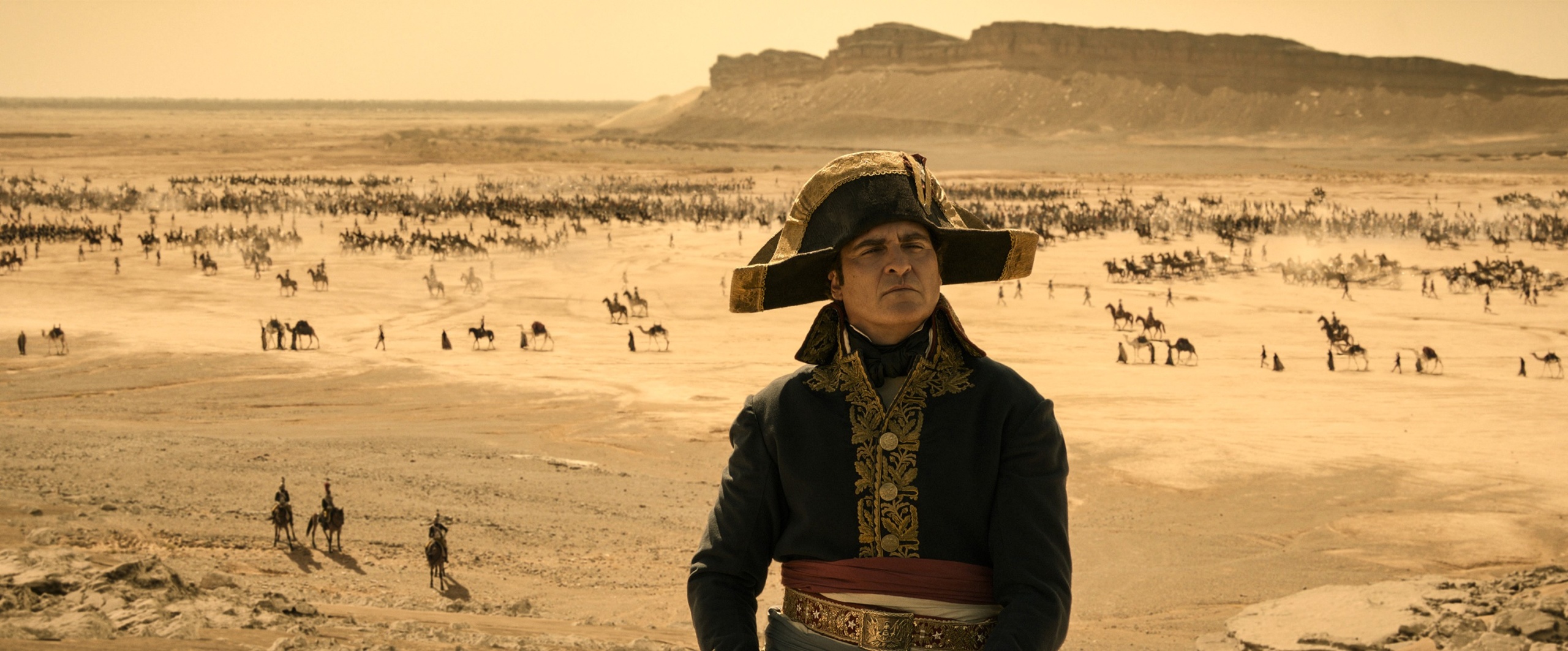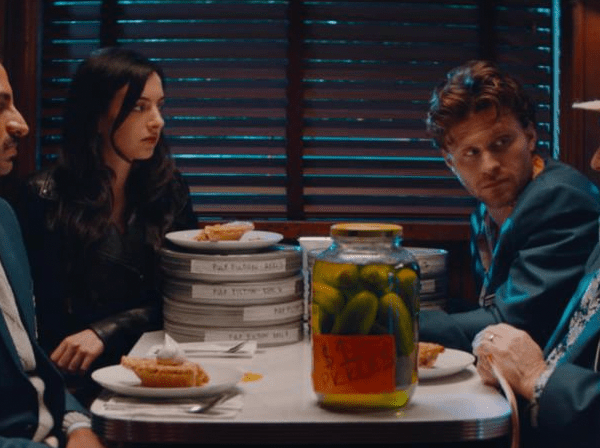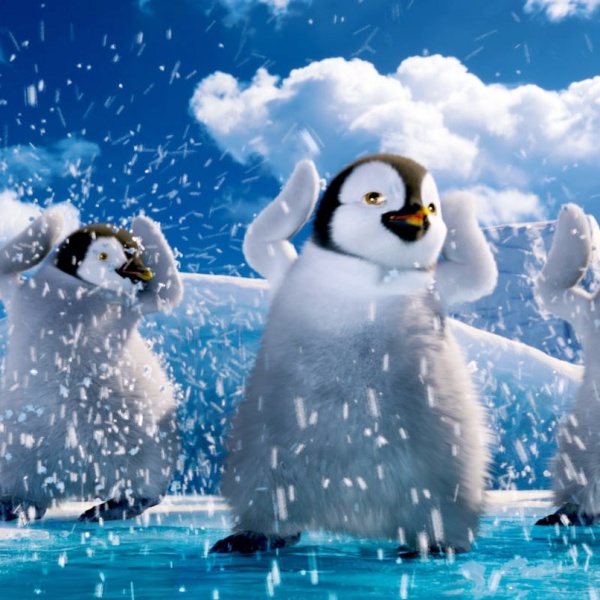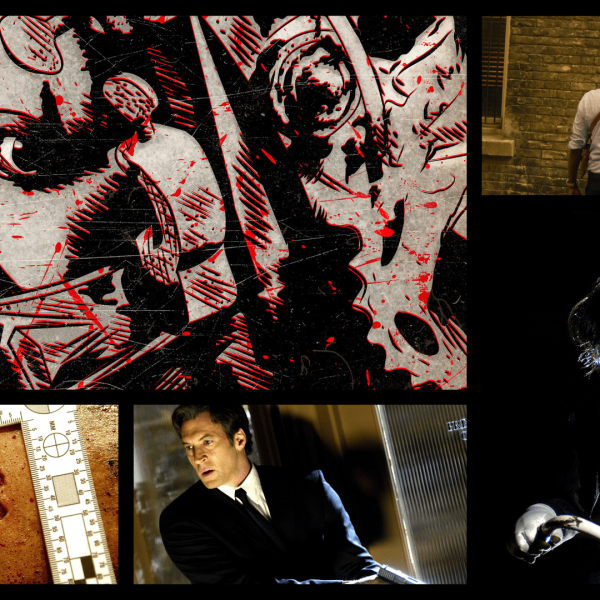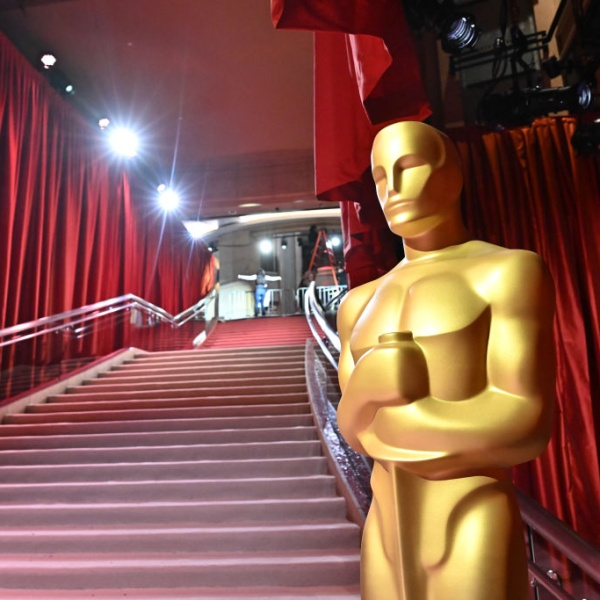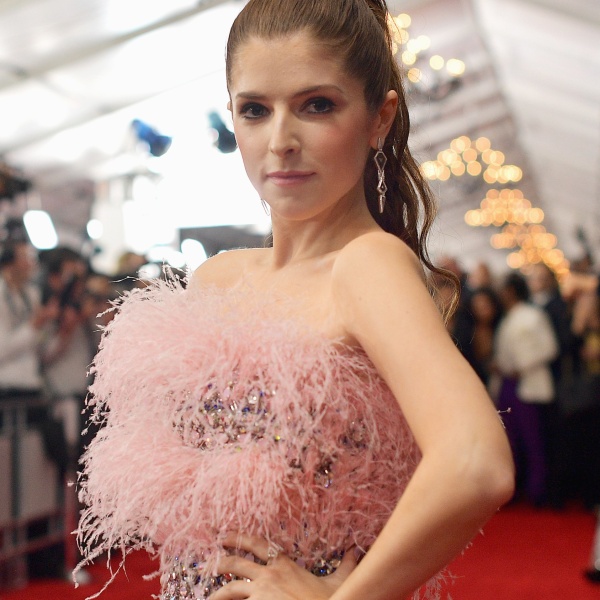Ridley Scott has been making ambitious historical films ever since his 1977 debut feature “The Duellists.” His latest, “Napoleon,” is both the apotheosis of his style and the beneficiary of 46 years behind the camera shooting epics. Shot in just 62 days, “Napoleon” features several of the most impressive battle sequences Scott has ever directed, massive set pieces with thousands of characters covered by as many cameras as Scott and cinematographer Dariusz Wolski could find — typically from eight to 11. To pull off scenes like the Battle of Austerlitz, in which Napoleon draws his Russian opponents onto a frozen lake and then obliterates them by firing cannons into the ice, Scott relied on an approach he has been evolving in one form or another since “The Duellists.”
As on “The Duellists,” Scott meticulously storyboarded each shot of “Napoleon” and shared the boards with his department heads long before it was time to roll the cameras. “They aren’t stick figures,” he told IndieWire. “These could be comic strips, with eight frames on each page: close-ups, medium shots, wide shots, landscapes.” For a while, Scott worked with storyboard artists, but he ultimately realized it wasn’t time-efficient. “Frankly, I spent so much time explaining what I wanted, and they wouldn’t do it quite right, so about 10 years ago I decided to board things myself. In a funny kind of way, I’m writing. It’s the visual narrative of what I’m going to have to do.”
For the overall look of the film, Scott and Wolski took many of their cues from paintings of the era by artists like Jacques-Louis David and Eugène Delacroix. “They were geniuses at observing light,” Wolski told IndieWire. “There was always a little glow around Napoleon, so we kept that.” Wolski noted that in the paintings, the other figures would often drop off into darkness, and there tended to be one single, beautiful light source. In order to replicate the paintings and stay authentic to the period, Wolski adopted this approach and avoided using artificial light. “With a period piece you want to go as naturalistic as possible, so you basically play everything with windows and firelight. That’s how people saw the world at the time.”

Using natural light and single-source lighting was essential to Scott’s multi-camera approach. “People overcomplicate it by overthinking it, but it’s very simple,” Scott said. “There’s a key light. I don’t care where the cameras are, there’s a key light that should never change position. Some people will be front-lit, some will be backlit, some will be side-lit. It ain’t that complicated.” While many cinematographers don’t like shooting with multiple cameras because they feel it limits their lighting, Wolski disagrees. “Even if there are added difficulties, it makes the images more interesting,” he said. “I think every fairly professional cameraman can make a pretty picture, but how do you understand the space and put actors in it and make it look interesting?”
In the many complicated battle sequences — not only Austerlitz but Waterloo, Toulan, and others — Wolski acted almost as a documentary photographer, capturing the action on 360-degree sets created by production designer Arthur Max. “The cameras are observers, and I find that very interesting,” Wolski said. In the lead-up to staging the battles, Scott assembled all of his key personnel in a “war room” consisting of large-scale models with toy soldiers so that they could design the elaborate action for Wolski’s camera to capture. “It’s all about logistics, logistics, logistics,” said Wolski. “The conversations about horses, for example, are very important. When you scout locations you have to make sure that the horses can run full speed and not get hurt.”

For the moments at Austerlitz where horses fall through the ice, a combination of live horses and mechanical ones shot in different locations allowed the production to safely create the scene’s horrifying imagery; live horses were trained to swim and entered and exited the water on location via ramps, but the actual shots of horses falling through the ice were filmed with mechanical doubles in a tank. That same tank was used for the shots in which soldiers fall through the ice, with actors falling through a trapdoor contraption. Scott’s trademark multiple cameras allowed him to get over 50 shots of the carnage in just a few takes, and the effect when it’s all cut together with the film’s dense sound design is to give a visceral sense of the impact a cannonball makes on ice and the terror of plunging beneath the surface.
Production sound mixer Stéphane Bucher played an important role in creating that sense of anguish by capturing reactions and atmosphere that provided a base in post-production for the harrowing soundscape. “I wanted to make the audience feel like they were directly in the middle of the soldiers and the screams,” he told IndieWire. “So what we did was put 20 or 30 small microphones on the soldiers who were at the center of the battles; each of them got a small recorder, and at the end of the day we collected the sound from them.” This gets to the heart of the greatness of the film’s battle sequences, which is that the human element is never lost; again, Wolski attributes this largely to the abundance of cameras capturing the action.
“Actors love it because they don’t have to wait half a day for the close-up,” Wolski said. The fact that everything matches because all of the angles are being captured at once “allows for spontaneity.” Wolski said that at this point in their collaborations together, he and Scott have evolved an efficient system by which they can see everything that’s happening and communicate with the various camera operators via transmitters, responding to what the actors are doing and capturing unplanned moments. According to Scott, those surprises are easier to capitalize on when you’ve got a solid script and storyboards. “The hardest single thing to do is to get it on paper,” he said. “I wouldn’t say the rest is easy, but it’s more enjoyable. When you haven’t got it on paper and you’re guessing every day, it becomes a real nightmare. The best form of security is to prep. Normally a film of this scale would take 100 days; we did it in 62. But we’re not showing off, it just gets boring to go on for 100 days. Sixty-two days is a fantastic toboggan ride.”
